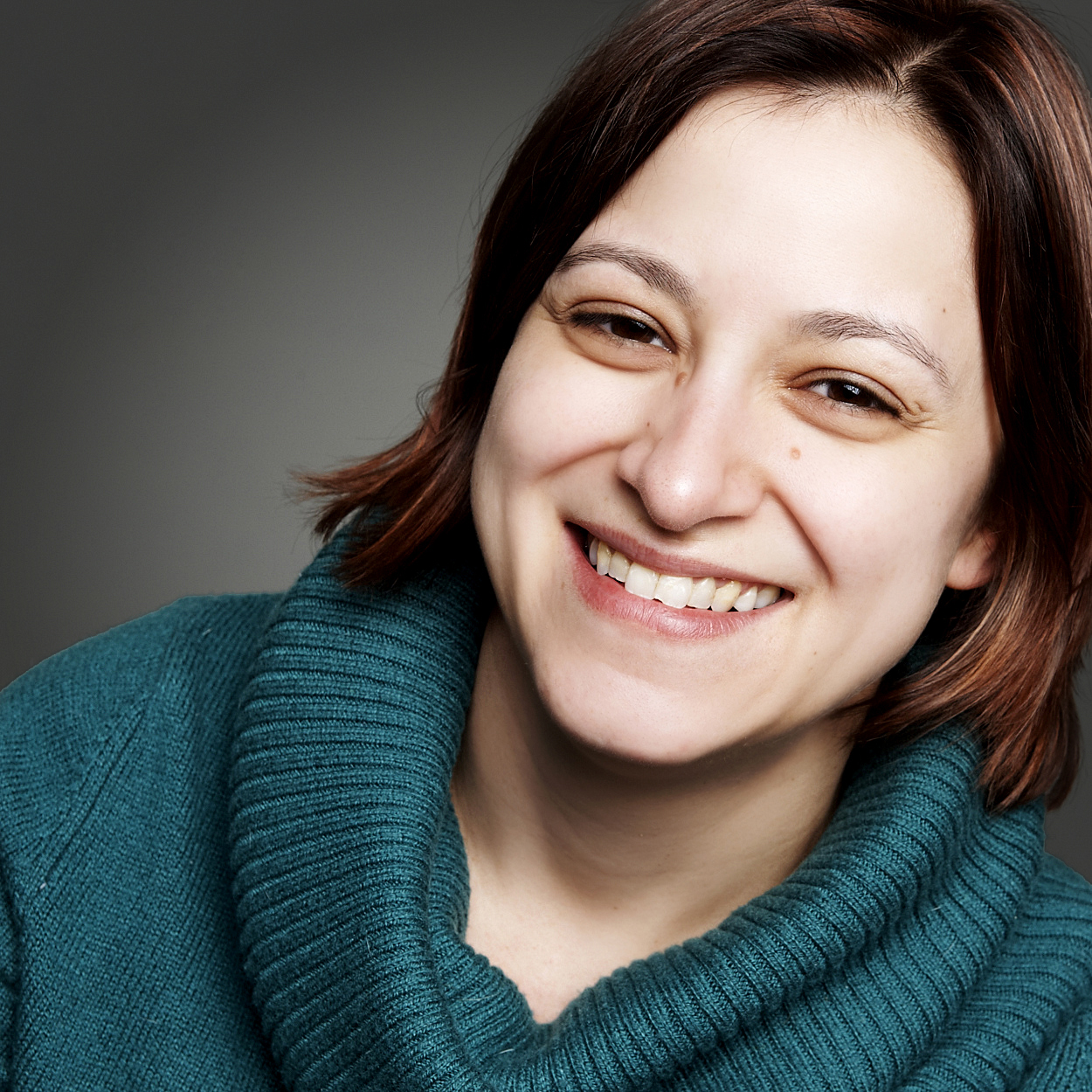While most educators and students are a month into summer vacation, at Crosswinds Arts and Science School, we’re marching on thanks to a year-round calendar. Although I was initially skeptical about this unusual schedule, I’ve come to believe that a year-round school calendar works remarkably well for students, families and teachers, increasing choice and achievement for all.
Like most educators, I’ve always appreciated my summer break and relished unstructured time to reset my energy level and motivation to strive for excellence. Students, meanwhile, enjoy the chance to sleep in, play video games, attend camp, work summer jobs, take family vacations and enjoy the glorious Minnesota weather…while it lasts.
But as much as I’ve always loved summer break, I’ve also questioned the traditional school calendar. Again, like most educators, I’ve experienced many a frustrating May or June, when it’s no secret to students that instruction tapers off once end-of-year tests wind down and teachers prepare final grades. By middle school, learners have come to expect this, and coupled with nice weather, a desire to play outside and the promise of unstructured months right around the corner, end-of-year behavior can range from uninspired to atrocious.
Although I had some concerns about the traditional school calendar when I joined Crosswinds, I had far more concerns about year-round schooling. I’d seen the research promising that the year-round schedule is better for some students, but still, I couldn’t believe that this model could be viable.
It didn’t take long for me to become a believer. From what I have seen so far this July, students and staff are happier in school than out. Incredible. Not only that, but June was more productive in our year-round school than I have seen in over a decade of working a traditional schedule at schools in three states.
Plus, year-round doesn’t mean quite year-round. At Crosswinds, we have an abbreviated version of the traditional summer vacation during the month of August—the chance for teachers and students to reset bodies and brains, go on vacation or visit out-of-town family, pursue non-school learning, work side jobs, and other usual summer fare. It’s also a chance for the school staff to prepare for a new year.
We also have a three-week break in May, as between all our academic quarters, during which students—and teachers—can participate in intersessions. For two of the three weeks, students can attend voluntary enrichment classes of their choice. Some of these courses, like Reading the Arts and Baseball Statistics, are remedial coursework in disguise—and many students unknowingly take the bait! Others, such as The Artist’s Studio, Marble-Run Engineering, Edible Fungus and Bacteria and the dreaded-by-all-adults Driver’s Ed, offer students a chance to explore new topics and teachers a choice between taking time off to recharge or exploring new facets of teaching for fun, extra income or both.
At first, I was worried that the year-round schedule would be challenging and restrictive, but have since realized that it in fact offers a balance of meeting student needs and increasing choice for everyone. Students are able to choose more classes, and they and their families have more choice of how much time they spend in school and out. Teachers have more freedom to explore themes they are passionate about, more variety in what they teach and plenty of opportunities to take time off, if and when they need it. The icing on the cake? Year-round school calendars also deal a crushing blow to summer learning loss.
Why isn’t the year-round system, which I believe is a win-win for everyone, more popular? Ask me again in August, when I have time to really ponder the answer to that mystery!
Leah Delia Larson is a library media specialist at the Perpich Arts High School in Golden Valley and an ELL teacher at Crosswinds Arts and Science School in Woodbury. She started her career in education in 2001, and has taught everything from middle school ESL and special education in Texas to elementary school in Brooklyn. After teaching for several years, she moved back home to Minnesota to complete a degree in school library media, and went on to work for six wonderful years at Richfield Middle School before transitioning to her current roles. Leah is passionate about many things, particularly literacy, culturally competent curriculum and teaching, equity teacher training, increasing Latino student achievement and family engagement, bilingualism and social and emotional health.
The MinnCAN blogging fellowship allows Minnesota teachers, administrators and parents to share their thoughts on key education issues. MinnCAN supports fellows seeking to advance the conversation around public education, though fellows' views and opinions are solely their own.
